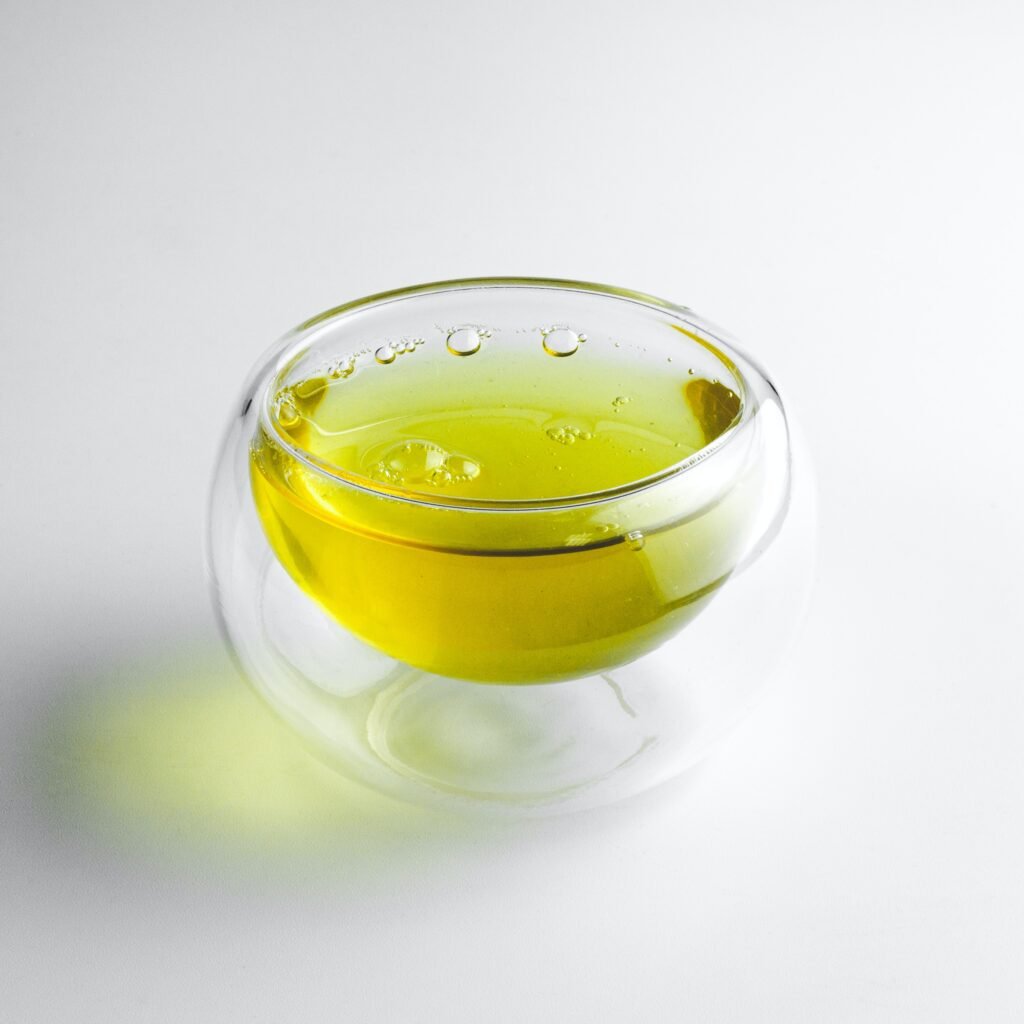India, a land of diverse cultures and landscapes, is not only known for its rich history but also for its contribution to the world of tea. While India is famous for its black teas, such as Assam and Darjeeling, it also has a lesser-known yet thriving green tea industry. In this article, we will explore the regions of India that produce green tea, delving into the unique characteristics, flavors, and cultural significance of this refreshing and healthful beverage.

- Introduction to Indian Green Tea
- The Art of Green Tea Cultivation and Processing
- Darjeeling: The Queen of Hills and Green Tea
- Assam: From Bold Blacks to Delicate Greens
- Kangra: The Hidden Gem of Green Tea
- Nilgiri: A Green Haven in the South
- Sikkim: The Organic Green Tea Paradise
- Arunachal Pradesh: Exploring the Northeastern Greens
- Munnar: Kerala’s Green Tea Legacy
- Health Benefits of Indian Green Teas
- Cultural Significance and Modern Adoption
- FAQs About Green Tea in India
- Conclusion
Introduction to Indian Green Tea
While India is renowned for its black tea varieties, green tea has been gaining popularity for its unique flavor profile and potential health benefits. The cultivation and processing of green tea involve precise techniques to preserve the leaves’ natural freshness and vibrant color.
The Art of Green Tea Cultivation and Processing
Green tea cultivation and processing in India emphasize delicate handling. Leaves are plucked and quickly processed to prevent oxidation, resulting in a tea that is light, grassy, and often fragrant.
Darjeeling: The Queen of Hills and Green Tea
Darjeeling, known for its exquisite black teas, also produces remarkable green teas. Grown in the Himalayan foothills, Darjeeling’s green teas offer a floral and slightly astringent taste, capturing the essence of the region’s terroir.
Assam: From Bold Blacks to Delicate Greens
Assam, famous for its bold and robust black teas, has also ventured into green tea production. Assam’s green teas are characterized by their strong flavors, often accompanied by sweet and vegetal undertones.
Kangra: The Hidden Gem of Green Tea
Kangra Valley, nestled in the foothills of the Dhauladhar range, is known for producing a range of green teas. With a focus on organic cultivation, Kangra’s green teas exude a refreshing taste and a pleasant aroma.
Nilgiri: A Green Haven in the South
Nilgiri region in South India, usually associated with black teas, also crafts delightful green teas. These teas boast a brisk and lively character, making them an excellent choice for a morning pick-me-up.
Sikkim: The Organic Green Tea Paradise
Sikkim, known for its pristine landscapes, is a paradise for organic green tea enthusiasts. Sikkim’s green teas offer a mellow and soothing experience, reflecting the region’s commitment to sustainability.
Arunachal Pradesh: Exploring the Northeastern Greens
Arunachal Pradesh, part of India’s northeastern region, produces unique green teas. These teas often have a bold flavor profile, influenced by the region’s diverse climatic conditions.
Munnar: Kerala’s Green Tea Legacy
Munnar, a picturesque hill station in Kerala, has a legacy of producing green teas. These teas display a bright infusion and a balanced flavor, making them a favorite among tea connoisseurs.
Health Benefits of Indian Green Teas
Indian green teas are rich in antioxidants and catechins, making them potential contributors to various health benefits. From aiding digestion to supporting immunity, these teas offer holistic wellness.
Cultural Significance and Modern Adoption
While green tea has ancient roots in China and Japan, its adoption in India has grown in recent years. Green tea’s cultural significance aligns with its health-conscious appeal, making it a popular choice for many.
FAQs About Green Tea in India
- Can I find organic green teas in India? Yes, many regions in India, particularly in the northeastern states and the Himalayan regions, prioritize organic cultivation of green tea.
- Are Indian green teas similar to Chinese green teas? While there are similarities in processing, Indian green teas often have unique flavor profiles influenced by the region’s climate and soil.
- Can I add flavors to Indian green tea? Yes, Indian green teas can be infused with various natural flavors like mint, lemon, or spices to create personalized blends.
- Are Indian green teas caffeine-free? Indian green teas usually contain some caffeine, but the content is generally lower compared to black teas.
- What makes Indian green teas distinct from Japanese green teas? Indian green teas vary in flavor due to regional factors, offering a different taste experience than traditional Japanese green teas.
Conclusion
India’s journey into the world of green tea is a testament to its rich tea heritage and its ability to adapt to evolving preferences. With distinct flavors, fragrances, and a growing emphasis on organic cultivation, Indian green teas reflect the nation’s dedication to innovation while honoring tradition. As the world embraces the diverse range of green teas India has to offer, it becomes a part of a flavorful and healthful expedition.
Contact Details:- 9499347308



